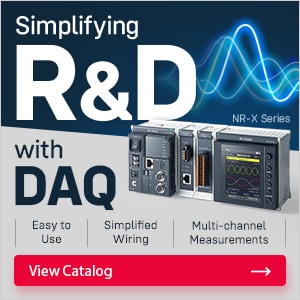News & Events
Topics
-
December, 2025 New Products
Inductive Proximity Sensor ER Series -
December, 2025 New Products
High-Accuracy Inline Electrostatic Sensor SK Series -
September, 2025 New Products
Image Dimension Measurement System IM-X1000 Series -
September, 2025 New Products
Servo System SV3 Series -
September, 2025 New Products
High-Speed Label Code Reader SR-L Series
Trade Show
| Date | Region | City | Show Title |
|---|---|---|---|
|
Date
Jan.06, 2026- Jan.09, 2026
|
Region
United States
|
City
Las Vegas
|
Show Title
|
|
Date
Jan.20, 2026- Jan.23, 2026
|
Region
United States
|
City
Las Vegas
|
Show Title
|
|
Date
Feb.03, 2026- Feb.05, 2026
|
Region
United States
|
City
Anaheim
|
Show Title
|
|
Date
Feb.04, 2026- Feb.06, 2026
|
Region
United States
|
City
Las Vegas
|
Show Title
|
|
Date
Feb.17, 2026- Feb.19, 2026
|
Region
United States
|
City
Philadelphia
|
Show Title
|

